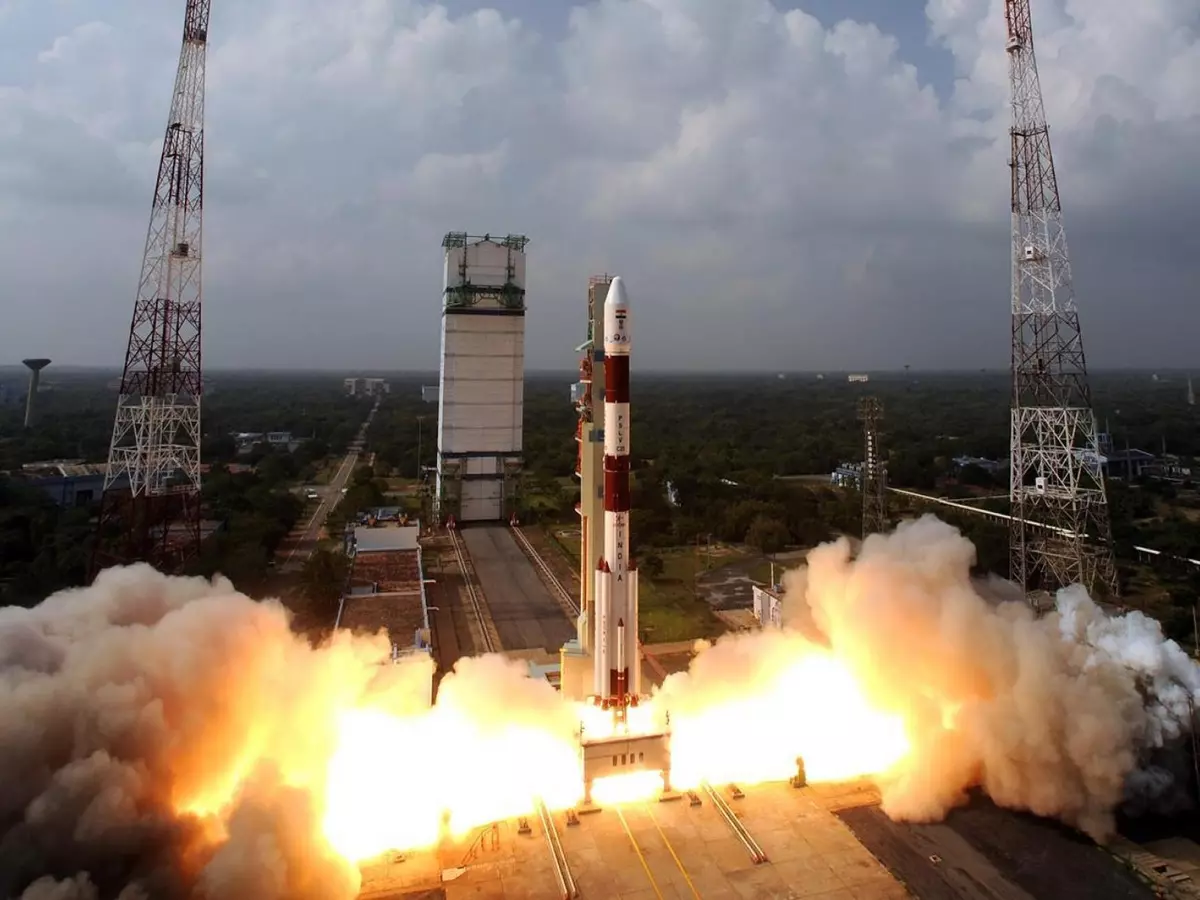ISRO's Most Important Mission Of The Year Successful, GSLV-F05 Puts INSAT-3DR In Orbit
The 49 meter tall GSLV-F05 lifted off the Second Launch Pad at Sriharikota. India took a massive step towards becoming self reliant in launching heavier satellites into space. This was the first operational flight of the GSLV MkII powered by an Indian Cryogenic Upper Stage CUS which took the country years of hard work to master.

The 49 meter tall GSLV-F05 lifted off the Second Launch Pad at Sriharikota and India took a massive step towards becoming self reliant in launching heavier satellites into space. It¡¯s a massive step because this was the first operational flight of the GSLV MkII powered by an Indian Cryogenic Upper Stage (CUS), which took the country years of hard work to master.
GSLV-F05 Successfully launches INSAT-3DR
¡ª ISRO (@isro) September 8, 2016
Back in the 90s, the US had prevented Russia from supplying India with technical know how of a cryogenic engine. India then had to go alone, which pushed the country¡¯s space programme back by years. But the resilient scientists and engineers at ISRO didn¡¯t give up, that resulted in the success we saw today.

ISRO
The last two developmental flights of the GSLV MkII with the indigenous cryogenic engine in January 2014 and August 2015 had successfully placed the GSAT-14 and GSAT-6 satellites. This third consecutively successful launch however means that India won¡¯t have to rely on expensive foreign launchers for its two tonne class satellites.

ISRO
Onboard was a new advanced weather satellite, the INSAT 3DR. A 2-2.5 ton class satellite, it features Carbon fibre construction. It also incorporates improvements over older INSAT-3 satellites and has the ability to provide night time images of cloud and fog cover. It can also estimate sea surface temperature with better accuracy.
Another achievement of the mission is that the same rocket will be used to launch the next Chandrayaan mission.
